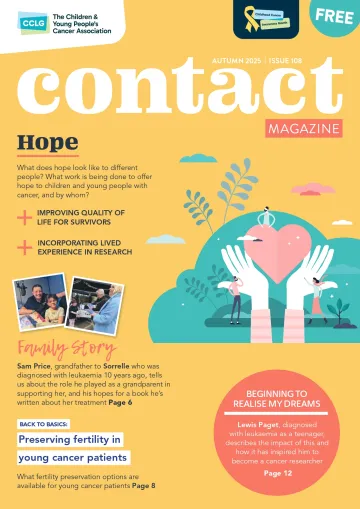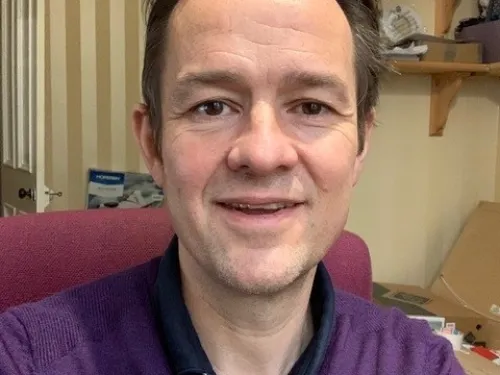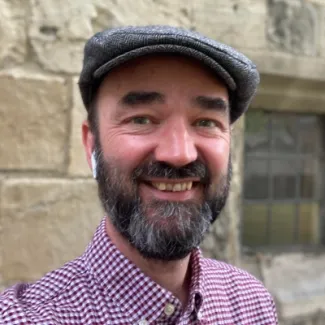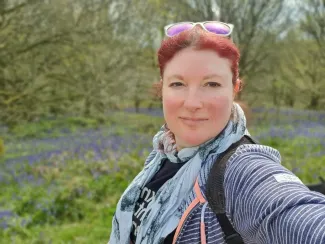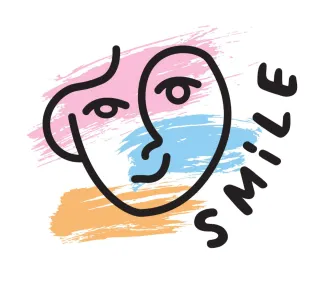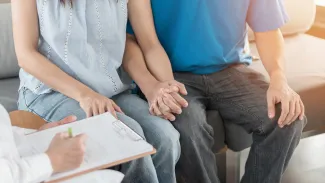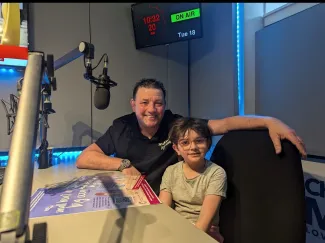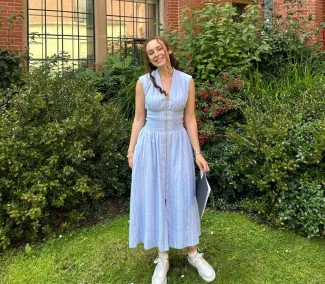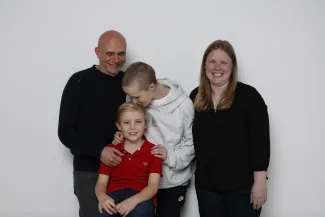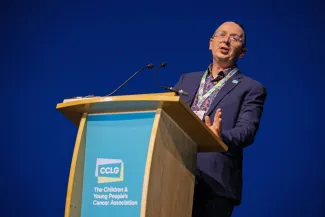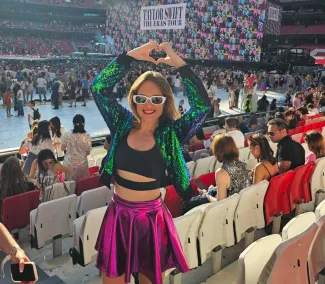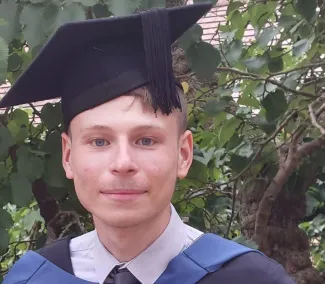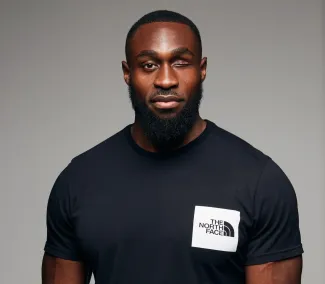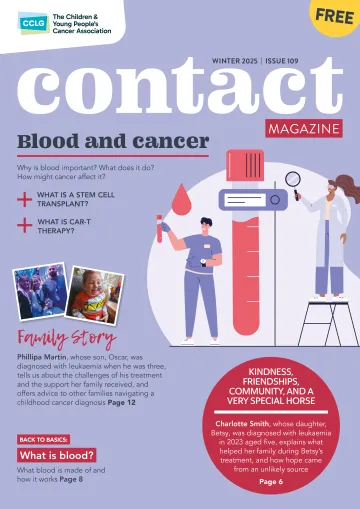Hope can be nurtured through support from family, friends, and healthcare providers, and by hearing the experiences of others who have harnessed it.
What does hope look like to different people? What work is being done to offer hope to children and young people with cancer, and by whom?
Hope can mean different things to different people, and that meaning can shift over time. It’s often deeply personal and can influence a cancer journey through diagnosis, treatment and recovery. Hope can also be fragile, especially if treatments fail or prognosis worsens. But even then, it can shift focus, from cure to comfort, and quality of life.
Sharing the stories of children, young people and their families, and what helped them bounce back from setbacks and challenges, shows that even in the face of uncertainty, hope can be a powerful force. When navigating the challenges of cancer, it can help find meaning and joy in the face of adversity.

